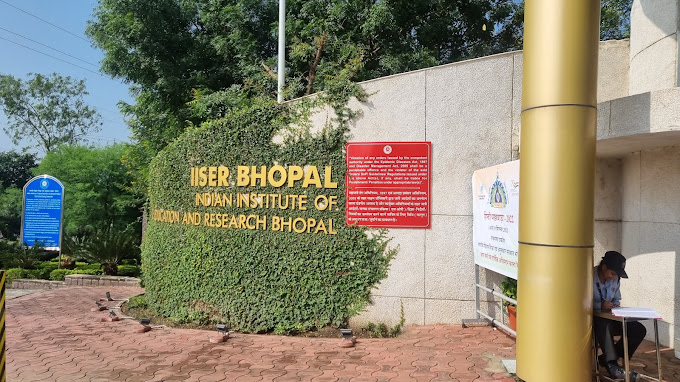Bhopal: Researchers at the Indian Institute of Science Education and Research (IISER)-Bhopal have developed a clear, synthetic biomedical adhesive that can effectively seal and repair injured and dissected tissues.
The biodegradable and biocompatible adhesive is capable of binding different surfaces such as tissues, bones, eggshells, and wood in both air and underwater and requires no additional crosslinking agents or metal ions.
“Biomedical adhesives are bonding and sealing materials that provide support and cohesion to repair tissues and are extensively used in medicine. Suitable materials for these adhesives can be found in nature and are commonly secreted by underwater organisms such as sandcastle worms and mussels,” said Aasheesh Srivastava, Faculty, Department of Chemistry, IISER Bhopal, in a statement.
Previous biomimetic adhesives made from natural polymers such as fibrin, collagen, gelatin, and chitosan, have a risk of triggering immunological reactions, and may not always be useful in cosmetics and surface tissue adhesion applications.
These are also not transparent and can have different colours, which may affect the aesthetic value.
The new adhesive, detailed in a paper published in the peer-reviewed journal Chemistry, was developed using a mixture of oppositely-charged water-soluble polyelectrolytes that are known for their biodegradability and biocompatibility.
“These polymers have multiple amide groups and thiol residues that lead to strong adhesion due to the formation of hydrogen bonds and disulfide bonds. The resulting adhesive layer is colourless and transparent,” Srivastava said.
To test their binding capabilities, three different formulations were developed and applied directly to various pressed substrates to achieve adherence. One of them which the authors called ‘A30’ had excellent adhesive action and could bind a variety of substrates such as mammalian bones, wood, glass, mica, and aluminium.
The researchers also add that adhesive A30 had a porosity of 40 per cent which can help a great deal in tissue regeneration by allowing cell movement through the adhesive layer. This way weight or pressure across the adhered joint is distributed across the tissue surface which can lead to quicker healing.
The researchers used this adhesive (A30) to bind two glass slabs under water. The adhesive was able to glue the glass slabs without dissolving in water. This is similar to the way natural marine animal-secreted adhesives work.
“Our A30 adhesive could even bind bones while fully submerged under water, and after curing the adhered bone pieces could bear large weights while remaining bonded. Our adhesive provides a maximum adhesion strength of about 7 kg/cm2. This makes it a promising glue for bone restoration and fracture repair,” said Dr. Tanmay Dutta, Postdoctoral Researcher – IISER Bhopal, in the statement.
The adhesive will find use in cosmetics medicine, dentistry, drug delivery, and tissue engineering and biological applications. It can also be used in orthopaedic procedures to enhance bone repair and can even be used as an alternative to sutures, staples, and wires, in wound closures.
They could also be used in eco-friendly packaging applications and products, contributing to sustainable practices in various industries, the researchers said.
IANS

